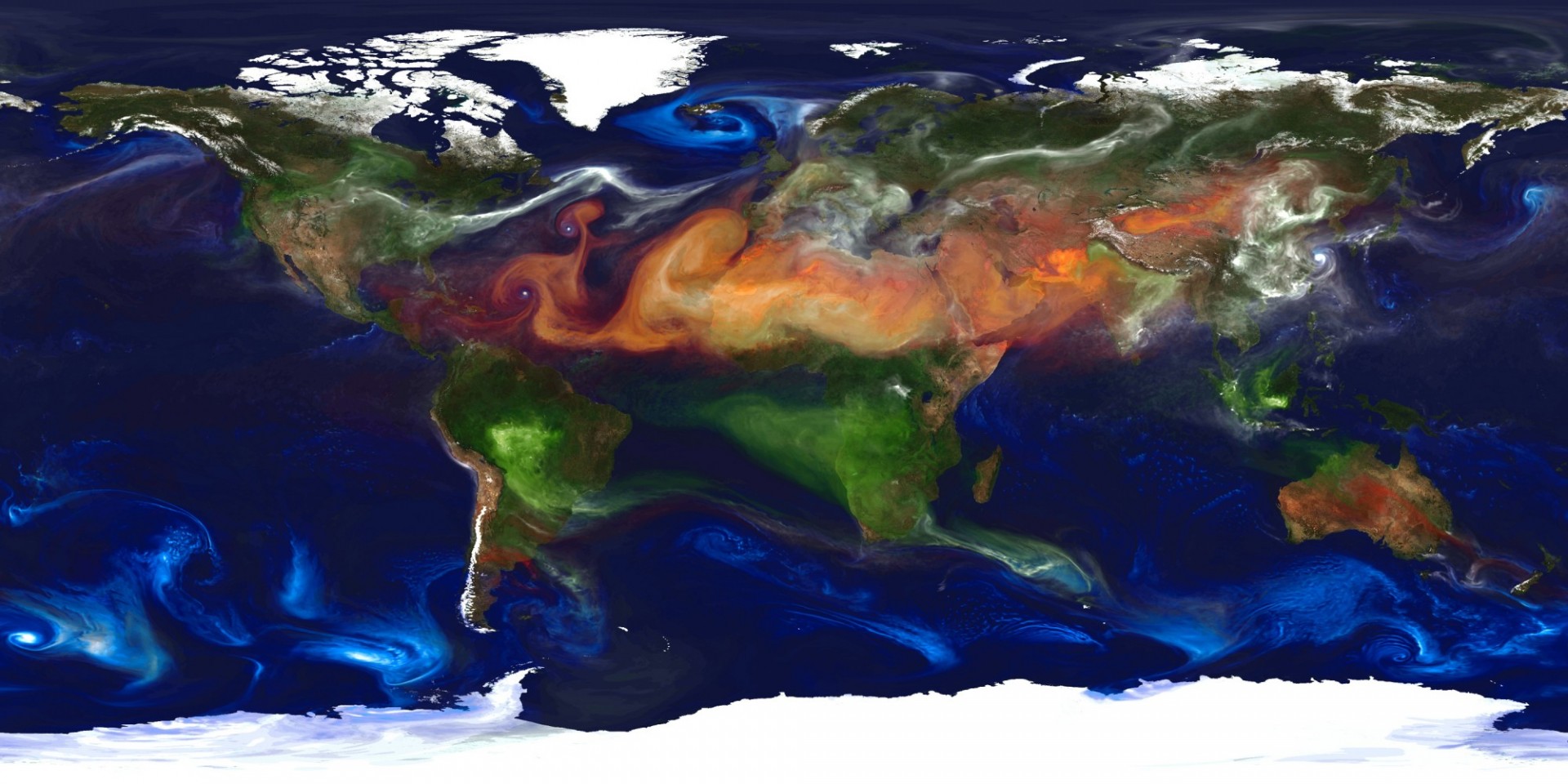Self-pity is a luxury we can’t afford right now. We need science to inform our actions in a fast-changing world, and we need to keep asking questions.

People find it disappointing that I’m not more depressed. Climate change is inevitable, they say, and doesn’t the prospect frighten you? After all, in the absence of serious emissions reductions, we should expect major sea level rise, more extreme weather, and harmful changes to ocean chemistry. And now that the U.S. has left the Paris Agreement, these necessary cuts in greenhouse gas emissions look less and less likely to happen. But I refuse to give into despair. I just don’t have time for that: I’m too busy doing science.
My colleagues and I are sure that climate change is real, caused by humans, and likely to get worse in the future. But it’s important to understand why we know these things. So often, we talk about climate science only in terms of its consequences. And these are important messages, but they can obscure the wonderful fact that our planet is not only beautiful but also comprehensible. We have made so much progress in understanding the world around us, and I think it’s worth appreciating this knowledge for the miracle that it is.
A climate model, for instance, is a wonderful thing. The combined efforts of thousands of Ph.D. scientists have made an imitation planet on a computer. And — here’s the amazing part — they let me play with it. I’ve learned about atmospheric dynamics by pretending to fill the jet stream with wind turbines, and about the Earth’s energy budget by setting off imaginary volcanoes in improbable places. I’ve explored counterfactual scenarios: the climate in the absence of human influences, the climate under quadrupled carbon dioxide. Using these models has helped me understand and separate the signal of human influence from the underlying noise of natural variability.
But climate models, fun as they are, are nothing more than scientific knowledge translated into code. We understand that mass and energy must be conserved, that temperature reflects the aggregate motion of molecules, and that the planet absorbs and re-radiates incoming sunlight. We can write down the governing equations of fluid dynamics that describe the motions of air and water.
These basic truths provide building blocks for us to push the frontiers of knowledge further. Models are imperfect; if they flawlessly reproduced reality, they wouldn’t be models. And understanding their flaws can point us toward the most promising new research areas. For example, we know that clouds both reflect sunlight and trap heat. We know that plants both thrive on carbon dioxide and wither in increased heat. We know that ocean currents both affect and are affected by global climate. All of these “boths” combine to make our projections uncertain. Climate models allow us to understand the nature and source of that uncertainty, and provide road maps for reducing it.
Our models are informed by and constantly compared to a dizzying array of observations. We can monitor the planet from space, measuring temperature, humidity, cloud cover, and rainfall using satellites and taking pictures of our lovely little dot. But satellites are not our only source of climate data. Because people have cared about the weather for as long as there have been people, we have meteorological station data, ship logs, and other records that extend far back in history. We can go still further back in time: Paleoclimatologists have developed spectacularly creative ways to infer the climates of the past, written in tree rings, ice cores, and fossilized pollen deposits.
Different observations tell us things that are fascinating in their own right: that there were once palm trees in Antarctica, that a nineteenth-century volcanic eruption led to a year without a summer, that rainfall in California is affected by temperature in the tropical Pacific Ocean. There are worrying trends and justified alarm, but climate science yields wonder, too.
Science is a refuge for the curious. Climate research draws upon physics, computer science, chemistry, biology, ecology, sociology, and economics — and it requires researchers with deep training in each discipline to talk to each other.
Together, scientists ask questions, generate and analyze petabytes of data, and write hundreds of thousands of pages every year. Scientists cross borders and work internationally as a matter of course; national boundaries are somehow less meaningful when you can see the planet from outer space. Greenhouse gases mix freely in the atmosphere and the laws of physics do not change with geopolitics. Science is telling us that we have a problem, but it’s also telling us that we all must be the solution.
I don’t mean for one minute to minimize the gravity of the challenge we face, or to pretend that denial and outright falsehood are not dangerous and increasing. But self-pity is a luxury we can’t afford right now. We need science to inform our actions in a fast-changing world, and we need to keep asking questions. So much will change as the climate warms: our coastlines, our food and water sources, and hopefully, eventually, our behavior. We’re going to lose so many of the things we love about living on this beautiful planet. Let’s make sure we keep that sense of wonder.
— Kate Marvel is an associate research scientist at NASA’s Goddard Institute for Space Studies and Columbia University
